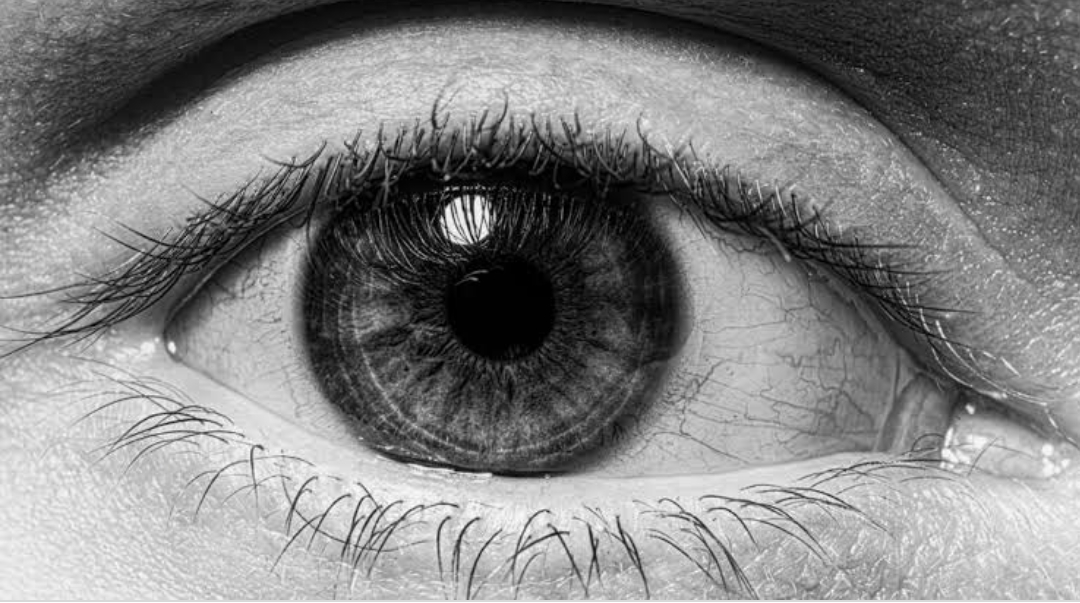
Rise in diabetic retinopathy due to COVID-19
A variety of underlying diseases have been associated with risks of serious illness, hospitalization, and even death since the start of the COVID-19 pandemic. Diabetes is one of the major comorbidities associated with adverse outcomes of COVID-19, and several studies have shed light on the rise in diabetic retinopathy and different mechanisms involved in the development of the disease that renders someone with diabetes more vulnerable to serious symptoms and complications. They ignored routine checks as individuals feared being tainted, resulting in the deterioration of diabetic retinopathy, glaucoma, age-related macular degeneration, and cataract. Diabetics who have not tested their glucose levels have to face diabetic retinopathy. With the frequent use of electronic devices or long hours spent on machines, cases of myopia have also increased. Blocks in the retinal veins and arteries are found in the eye. Both can impact vision, often forever.
Although studies consistently highlight the correlation between diabetes and extreme COVID-19 outcomes, it is important to note that high blood sugar levels can also lead to complications and even death in non-diabetic patients. Recent research published in the Annals of Medicine indicates that at the time of admission, abnormally elevated blood sugar levels (hyperglycemia) are a good indicator of worse outcomes and mortality in non-critical COVID-19 hospitalized patients, independent of any history of diabetes.
It is necessary to maintain good eye health during the pandemic. Consider switching to glasses if you wear contact lenses. To stop aerosols that are virus-laden, use safe eyewear. Before and after touching your face and eyes, wash your hands with soap and water. Contact your ophthalmologist as soon as possible if you experience a sudden loss of vision or eye pain.
the rise in diabetic retinopathy












